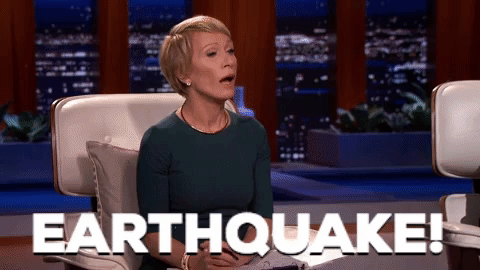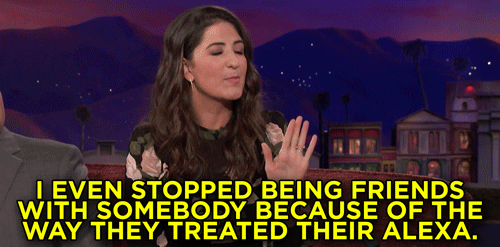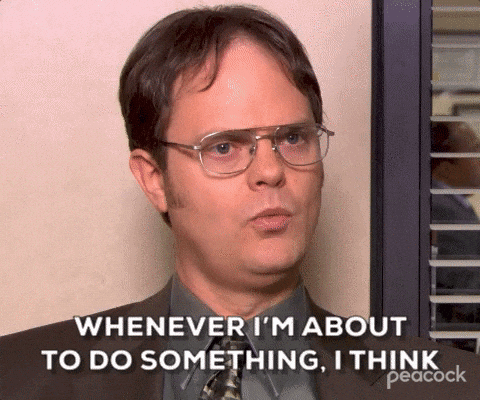Previously on Giuseppe’s Glimpse: In the last episode, we explored how customer experience myopia can make brands busier but not better, and why the real edge comes from optichannel strategies that focus on fewer, more intentional touchpoints. Missed it? Catch up here! ✨
Buongiorno everyone 👋
A few weeks ago, I delivered the keynote at Enel’s off-site on the beautiful island of Ischia, in southern Italy. In the room were the company’s commercial channel leaders and their top customer-care partners from across the country.
During one of the breakout discussions, we explored the idea of markets as relationships - and how those relationships can be stretched. 🤝
Expanding a brand’s influence beyond its original industry is both one of the boldest moves a company can make and one of the most delicate.
When it’s done well, it creates what I call a trust dividend: the ability to enter new categories while preserving (and even amplifying) credibility. When it’s done poorly, it risks weakening the very foundation the brand was built on. 🧱
When trust fuels expansion
We’ve all seen brands make this leap successfully.
⚡ Enel → From utilities to digital ecosystems
Original category: Electricity
Extensions:
Enel X: Smart home, EV charging, urban lighting, energy efficiency
Retail offers: Bundled telecom, insurance, and subscription services
Why it worked: Institutional trust + capillary reach + sustainability narrative
📬 Poste Italiane → From postal service to financial powerhouse
Original category: National postal service
Extensions:
PostePay: Banking and digital payments
Poste Vita & Poste Assicura: Insurance and pensions
E-commerce logistics: Supporting Italian SMEs
Why it worked: Daily touchpoints + ubiquity + public trust
📦 Amazon → From books to infrastructure-as-a-service
Original category: E-commerce (books)
Extensions:
AWS: Cloud computing
Alexa & IoT: Smart homes
Prime: Groceries, streaming, pharmacy
Why it worked: Ecosystem thinking + tech backbone + relentless customer obsession
🪑 IKEA → From flat packs to smart homes & insurance
Original category: Furniture
Extensions:
Solar energy & home insurance
Smart lighting, air quality, speakers (Sonos)
Why it worked: Home-centric brand DNA + trust + environmental coherence
🍏 Apple → From computers to health & finance
Original category: Personal computing
Extensions:
Apple Pay & Card
Apple Health & Fitness+
TV+, News+, Arcade
Why it worked: Seamless UX + cultural capital + ecosystem stickiness
🕶️ Luxottica → From eyewear to vision & digital interfaces
Original category: Vertically integrated eyewear (Ray-Ban, Oakley, LensCrafters)
Extensions:
Health services: Clinics, optometry, ophthalmology (Italy, France)
Smart glasses: Partnership with Meta (Ray-Ban Stories)
Why it worked: High brand trust + retail footprint + bold redefinition of the category
When the leap goes wrong
The opposite also happens.
🎥 GoPro grew by serving a passionate community. But its expansion beyond that core wasn’t always backed by the same depth of relationship, limiting its ability to win in new spaces.
👟 Under Armour became the #2 athletic brand in the U.S., then overextended into footwear, tech, and health without a unifying narrative. The result was dilution, internal resets, and a loss of clarity.
🧱 LEGO in the early 2000s expanded into theme parks, video games, and apparel - and nearly lost its way. The revival came when it doubled down on its core mission (imaginative play) and expanded from that strong base into movies and media.
The lesson is clear: trust can carry you into new territory, but it’s not infinite. It needs to be managed with as much care as capital.
5 principles for expanding through trust
If you’re considering a leap beyond your core category, here’s what my experience and these case studies above suggest:
1. Clarify your core before you stretch.
Expansion works when people know what you stand for. Without that, your move feels opportunistic. 😤
Apple could launch a credit card because people already trusted it with their devices, payments, and privacy. Under Armour didn’t have that same clarity when it moved into tech.
2. Co-create with your base.
The best extensions often come from listening closely to your most loyal users. 👂
GoPro’s most successful innovations came from its community. When brands ignore that input, they risk launching products nobody asked for.
3. Scale selectively.
More markets don’t automatically mean more influence. Influence grows when each new step feels intentional and relevant. 👣
IKEA didn’t launch just any home service - it chose solar panels and insurance because they align with how customers see the brand.
4. Fix posture before you run.
If trust is slipping in your core category, expansion won’t save you - it will expose you. 😮
LEGO’s turnaround began only after it simplified, reconnected with its mission, and rebuilt trust.
5. Govern the leap.
Expansion needs ethical oversight and cultural alignment, not just speed. ✨
The fastest route to short-term revenue can be the fastest route to long-term damage if it erodes the trust you’re trading on.
Brands don’t scale through noise. They scale through trust.
And trust isn’t just earned - it’s managed, nurtured, and expanded with intention.
👉 Would you trust your brand to leap into a new category today?
👉 What’s the next move that could grow your trust dividend?
I’ve collaborated with Professor Kotler on a self-assessment tool designed to help leadership teams decide if, when, and how to expand beyond their core category - while avoiding hubris, brand dilution, and strategic noise. If you'd like a copy, feel free to reach out.
Stay curious 🙌
-gs
Oh, wow! You made it to the end. Click here to 👉 SHARE this issue with a friend if you found it valuable.






